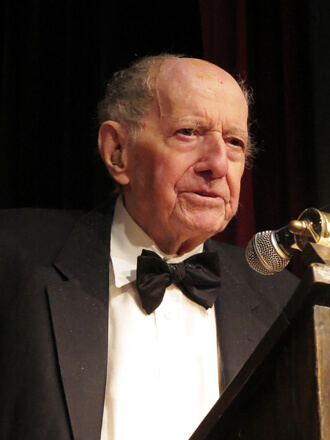Rashawn Brazell was 19 at the time of his 2005 murder. | COURTESY: BRAZELL FAMILY
BY DUNCAN OSBORNE | For 12 long years, the family and friends of Rashawn Brazell have been searching for answers after this beloved young man was killed and discarded in such a horrific fashion,” Eric Gonzalez, the acting Brooklyn district attorney, said in a February 22 statement, “Today, I am pleased to say that we have solved this cold case, hopefully allowing a small measure of closure for Mr. Brazell’s loved ones.”Twelve years after parts of the dismembered body of Rashawn Brazell were found in a Brooklyn subway tunnel, police announced that his alleged killer had been arrested and indicted in the death of the 19-year-old gay man.
Police arrested Kwauhuru Govan, 38, who was already in custody and charged in the murder of 17-year-old Sharabia Thomas, who was found dead near her Brooklyn home in 2004. Police used DNA evidence to link Govan to Thomas and then realized that Govan lived across the street from Brazell in 2005, a law enforcement source told Gay City News. Police found that a bag that belonged to Govan and that had Brazell’s blood on it was recovered in the subway station where Brazell’s body parts were discovered. There is other evidence in the case that the source would not disclose.
Break in woman’s 2004 killing opened up long-cold inquiry into Rashawn Brazell slaying
In 2005, police had explored the possibility that Brazell had been killed by a lover or a casual partner he met on a telephone chat line, but the case quickly grew cold. In 2006, when the New York Post reported that police were trying to find a former neighbor of Brazell’s, police knocked that story down saying that they were not.
That Post story said the neighbor was in his 30s, but Govan would have been in his mid-20s, and Desire Brazell, Rashawn’s mother, knew that neighbor and, if she had concerns about him, certainly would have discussed them with police in 2005.
As often happens with cold cases, friends and family grew increasingly angry with what was a failed investigation at the time.
“They are denying that they ever said that. I think they threw this out there because of the march,” Desire told Gay City News in 2006, referring to the police quotes in the Post story. “The detective on the case asked me if I talked to anyone.”
The Post story came in March, less than a month before a planned event that was going to protest the lack of progress in the investigation a year after the murder.
The Brazell case was often compared to other notorious homicides that were quickly solved by law enforcement, with advocates saying the differing responses were attributable to Rashawn’s race and sexual orientation.
Following Govan’s arrest, Desire appeared at a press conference with police and thanked them for their work on the case.
Govan may be linked to two other homicides in New York City and a third in California, according to published reports.
At his February 22 court appearance, he had to be carried into the courtroom after refusing to cooperate with court officers. He loudly insisted he was innocent.



































